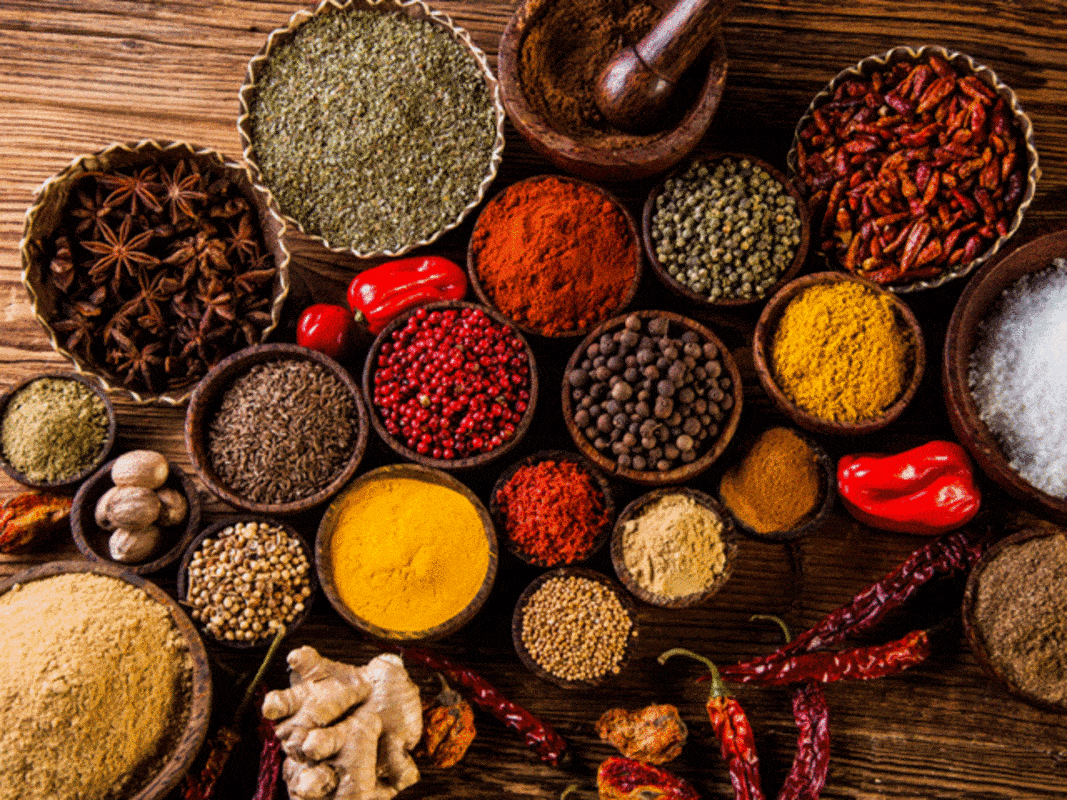Blog
How can I start a spices business in India?

- Market Research and Planning
- Identify Your Niche: Begin by identifying the specific spices or spice blends you want to focus on. Consider your target audience, such as consumers, restaurants, or wholesale buyers.
- Market Trends: Research current market trends and consumer preferences. Understand the demand for organic or specialized spices if that’s your chosen niche.
- Competitor Analysis: Analyze existing spice businesses in your region to identify gaps in the market and potential areas of differentiation.
- Business Registration and Legal Requirements
- Choose a Business Structure: Decide whether to establish a sole proprietorship, partnership, private limited company, or any other legal entity. Register your business accordingly.
- Permits and Licenses: Obtain the necessary permits and licenses, such as the Food Safety and Standards Authority of India (FSSAI) registration and GST registration.
- Compliance: Ensure compliance with all relevant food safety and quality regulations.
- Sourcing Spices
- Supply Chain: Establish a reliable supply chain for sourcing raw spices. You can buy directly from farmers, spice markets, or wholesalers.
- Quality Assurance: Prioritize quality. Inspect and test spices to ensure they meet the required standards for taste, aroma, and safety.
- Processing and Packaging
- Cleaning and Grinding: Invest in suitable equipment for cleaning, grinding, and processing spices while maintaining hygiene standards.
- Packaging: Choose attractive, airtight, and food-grade packaging materials that preserve the spices’ freshness and flavor.
- Branding and Marketing
- Create a Brand Identity: Develop a compelling brand name, logo, and packaging design that reflect the essence of your spices.
- Online Presence: Create a website and leverage social media platforms to showcase your products and reach a wider audience.
- Offline Presence: Consider participating in local food fairs, farmers’ markets, and establishing ties with local retailers and restaurants.
- Distribution and Sales
- Distribution Channels: Decide on your distribution channels, which could include selling directly to consumers through your website, wholesale to retailers, or both.
- Pricing Strategy: Set competitive yet profitable pricing strategies based on factors like quality, brand reputation, and market demand.
- Quality Control and Testing
- Lab Testing: Regularly conduct lab tests to ensure that your spices meet food safety and quality standards.
- Storage and Inventory Management
- Storage Conditions: Maintain proper storage conditions for your spices to preserve their flavor and aroma. Consider investing in climate-controlled storage facilities if needed.
- Inventory Management: Implement efficient inventory management systems to avoid overstocking or running out of stock.
- Customer Feedback and Improvement
- Feedback Loop: Encourage customer feedback and reviews to continuously improve your product quality and customer satisfaction.
- Scaling and Expansion
- Scaling Up: Once your business is established, consider scaling up by introducing new spice varieties, expanding your distribution network, or exploring export opportunities.
Starting a spices business in India requires dedication, attention to detail, and a passion for delivering exceptional flavors. While it may be a competitive industry, a commitment to quality and innovation can help your venture thrive in this exciting and aromatic world of spices.
Quality Assurance and Testing
Quality is paramount in the spice business. To ensure your spices meet the highest standards:
- Laboratory Testing: Establish relationships with accredited laboratories to conduct regular tests for pesticide residues, microbial contamination, and other quality parameters.
- Certifications: Consider obtaining organic and food safety certifications like USDA Organic, EU Organic, and ISO 22000. These certifications can enhance your product’s marketability.
- Traceability: Implement a traceability system that allows you to track the origin of your spices. This not only ensures quality but also builds trust with customers.
Processing Techniques
Spices require careful processing to maintain their quality:
- Grinding: Invest in high-quality grinding machines that can produce consistent particle sizes for your spice blends.
- Roasting: For certain spices like cumin or cardamom, roasting can enhance their flavor. Ensure you have the necessary equipment for this process.
Packaging and Labeling
Effective packaging and labeling play a significant role in attracting customers:
- Packaging: Choose packaging materials that not only preserve freshness but are also visually appealing. Glass jars, airtight pouches, or tins are popular options.
- Labeling: Include essential information on the label, such as the spice name, weight, batch number, best-before date, and contact information. Labels should comply with regulatory requirements.
Marketing Strategies
Marketing is key to growing your spices business:
- Online Sales: Consider selling your spices online through your website and popular e-commerce platforms. Invest in professional product photography and descriptions.
- Local Partnerships: Collaborate with local restaurants and cafes to use your spices in their dishes. This can help create brand awareness and gain loyal customers.
- Content Marketing: Create content related to spices, such as recipes, cooking tips, and educational articles. Share this content on your website and social media to engage with your audience.
Distribution and Logistics
Efficient distribution is vital to reach customers promptly:
- Distribution Partners: If you’re targeting retail stores, build relationships with distributors who can help get your products on shelves.
- Logistics: Develop a streamlined logistics and supply chain management system to ensure timely deliveries and minimize product handling.
Financial Planning
Ensure your business has a solid financial foundation:
- Budgeting: Create a detailed budget that covers startup costs, operational expenses, marketing, and contingency funds.
- Pricing Strategy: Determine a pricing strategy that covers costs while remaining competitive. Consider factors like the cost of spices, packaging, labor, and overhead.
Compliance and Regulations
Stay informed about food regulations and compliance:
- FSSAI Compliance: Follow the guidelines set by the Food Safety and Standards Authority of India (FSSAI) for food safety and labeling.
- GST Registration: Ensure you’re registered for the Goods and Services Tax (GST) as per government regulations.
Starting a spices business in India can be a fulfilling journey, but it’s essential to navigate the complexities of the industry with care. By prioritizing quality, branding, and marketing, and staying compliant with regulations, your spice venture can thrive in the competitive market while delivering the flavors of India to the world.





